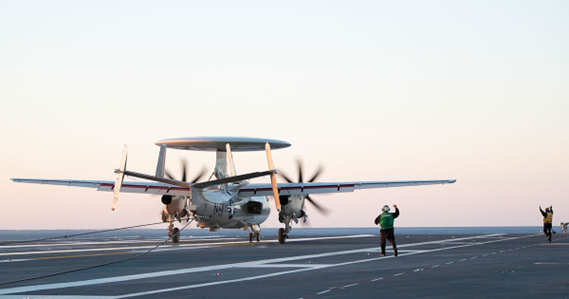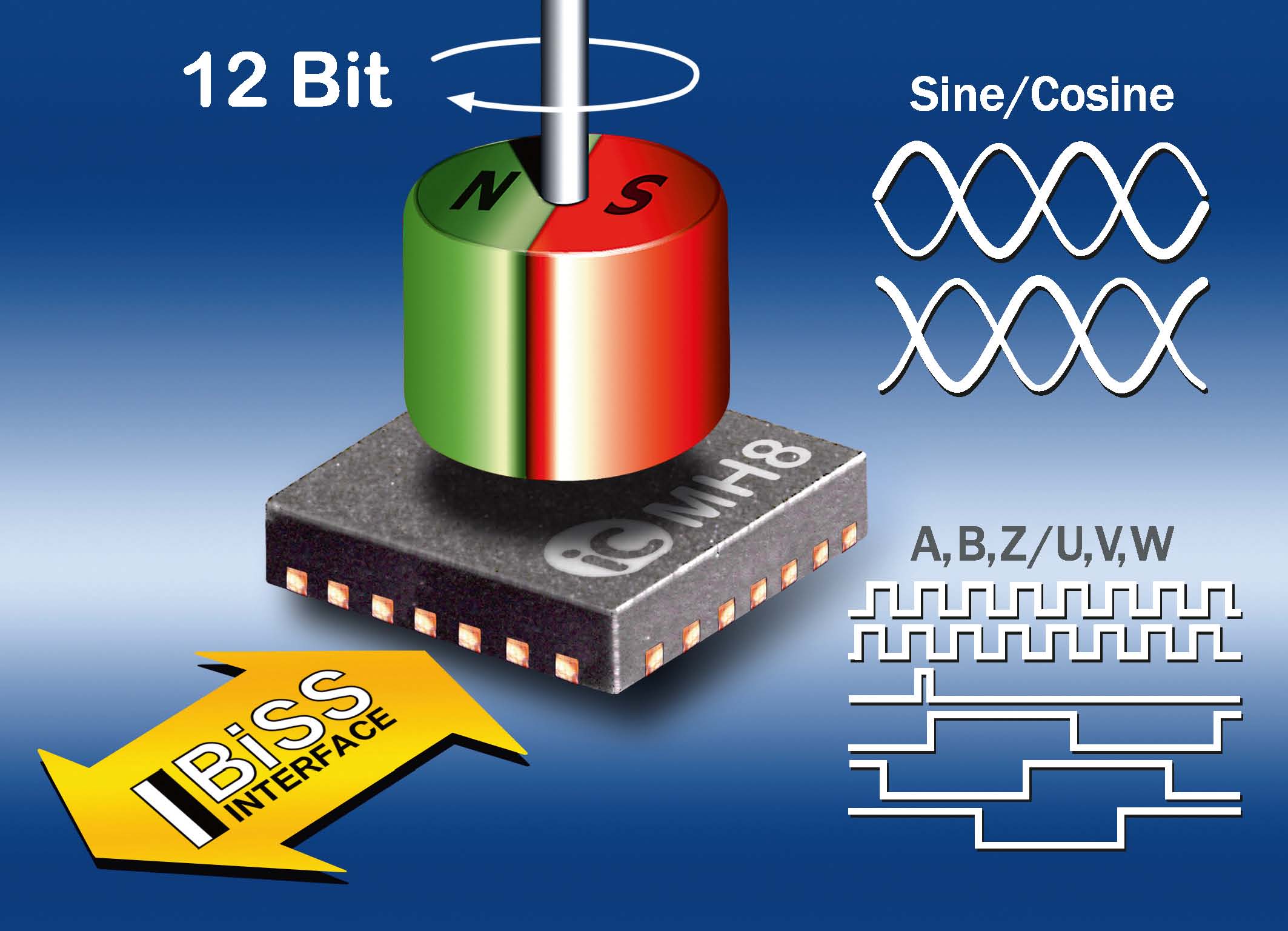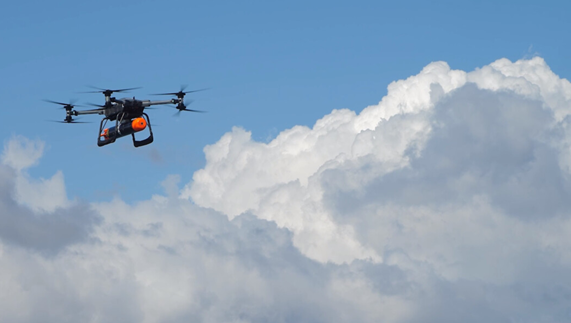
BAE Systems and Malloy Aeronautics recently demonstrated the capabilities of their electric-power heavy-lift drone during a large NATO exercise in Portugal to integrate the latest maritime technologies across allied forces. Powered by multiple permanent-magnet electric-motor propulsion systems, the T-600 uncrewed air system (UAS) is a demonstrator aircraft that is capable of vertical take-off and landing, can carry a payload of 200kg and can travel at up to 140km/h.
It also has a range of up to 80km depending on payload. It is around the size of a small car and is designed to be easily disassembled for transportation. During the multinational exercise, the demonstrator successfully released an inert Sting Ray training variant anti-submarine torpedo during a flight mission at sea for the first time.
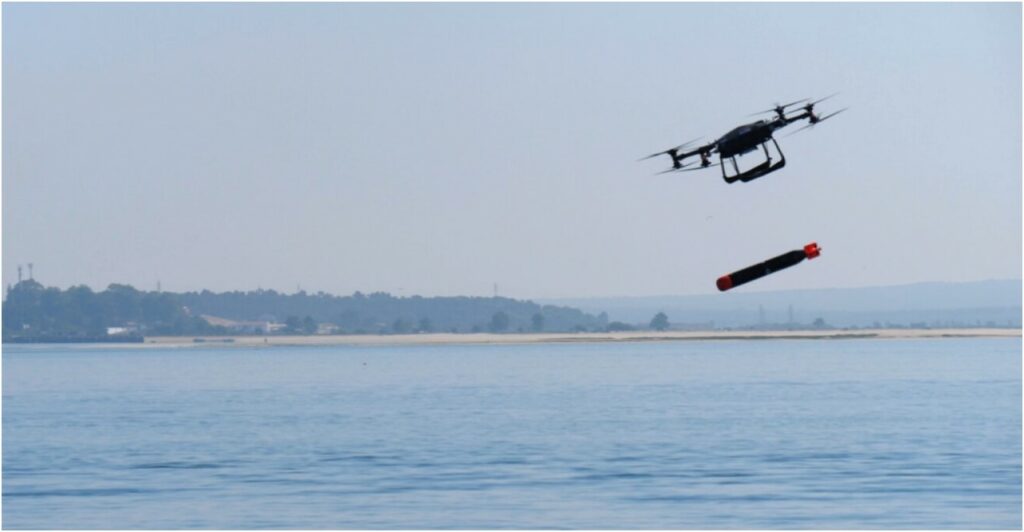
Known as REPMUS (Robotic Experimentation and Prototyping with Maritime Uncrewed Systems), the exercise involved 15 NATO partners, along with Ireland and Sweden. It provides a safe and controlled area to test concepts, requirements, new and advancing technologies for maritime uncrewed systems.
The T-600 demonstrator is designed to develop, validate and display technologies which may be applied to the T-650, a completely new design of an all-electric heavy lift UAS which will offer rapid reconfiguration capabilities applicable to military, commercial and humanitarian uses. The T-650 will provide significant capabilities in the areas of automated logistics and resupply, casualty evacuation and anti-submarine warfare while reducing the environmental impact of our armed forces, say the companies.
“In just two years since we launched our collaboration with Malloy, we’ve developed a heavy lift UAS and, working with the UK Royal Navy and Portuguese Navy, have taken part in the latest NATO REPMUS exercise,” said Neil Appleton, head of electric products for BAE Systems’ air sector. The demonstration showcased the capability of our T-600 technology demonstrator, carrying an inert Sting Ray torpedo in front of the world’s premier naval forces. It’s a fantastic achievement in our collaboration with Malloy and a sign of our joint ambitions to bring new capabilities to our customers.”
Dave Quick, head of underwater weapons for BAE Systems’ Maritime Services, noted: “Our development of Sting Ray Mod 2 is focused on weapon effectiveness and increasing the ways in which the torpedo can be deployed. We’re extending the breadth of supported platforms and maturing new torpedo deployment mechanisms, including drones, to explore the operational benefits to anti-submarine warfare and anti-torpedo defence.”
Added Oriol Badia, CEO of Malloy: “At Malloy Aeronautics, we are committed to turning concept ideas into real capabilities fast. Our smaller T-150 UAS have been tested and operated for years by the UK MoD and US DoD, but the T-600 has gone from concept to operational demonstrator in record time for a vehicle in this payload class. The collaborative success seen at REPMUS adds to the list of promising capabilities being tested with this platform (last-mile resupply and CASEVAC), and proves that modular, multi-mission UAS can reduce the logistics burden and increase operational tempo at a fraction of the cost.”
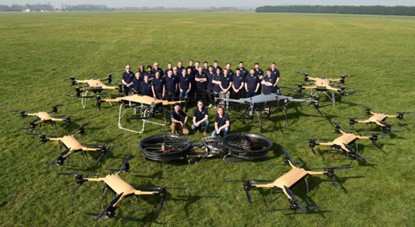
The T-650 program sits within FalconWorks, a new center for advanced and agile research and development within BAE Systems’ Air sector, designed to deliver a range of cutting-edge combat air capabilities to the UK and its allies. The demonstration at REPMUS was the result of the engineering expertise of the BAE Systems Air and Maritime Services Sectors collaborating to find new and novel ways to combine emerging technologies, alongside Malloy Aeronautics, L3 Harris and General Dynamics UK, who were all partners in the demonstration. For more info, see www.baesystems.com and www.malloyaeronautics.com.

